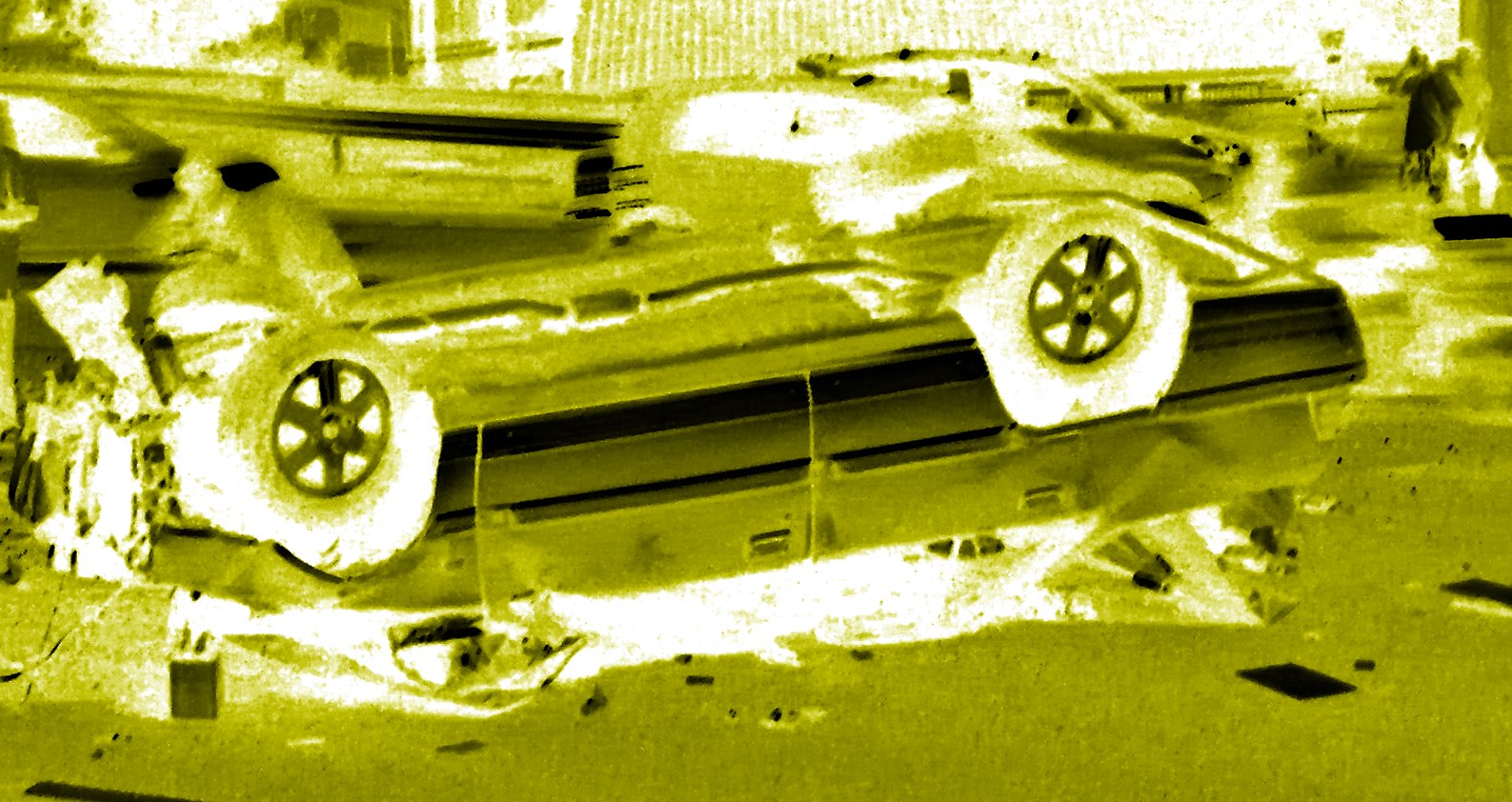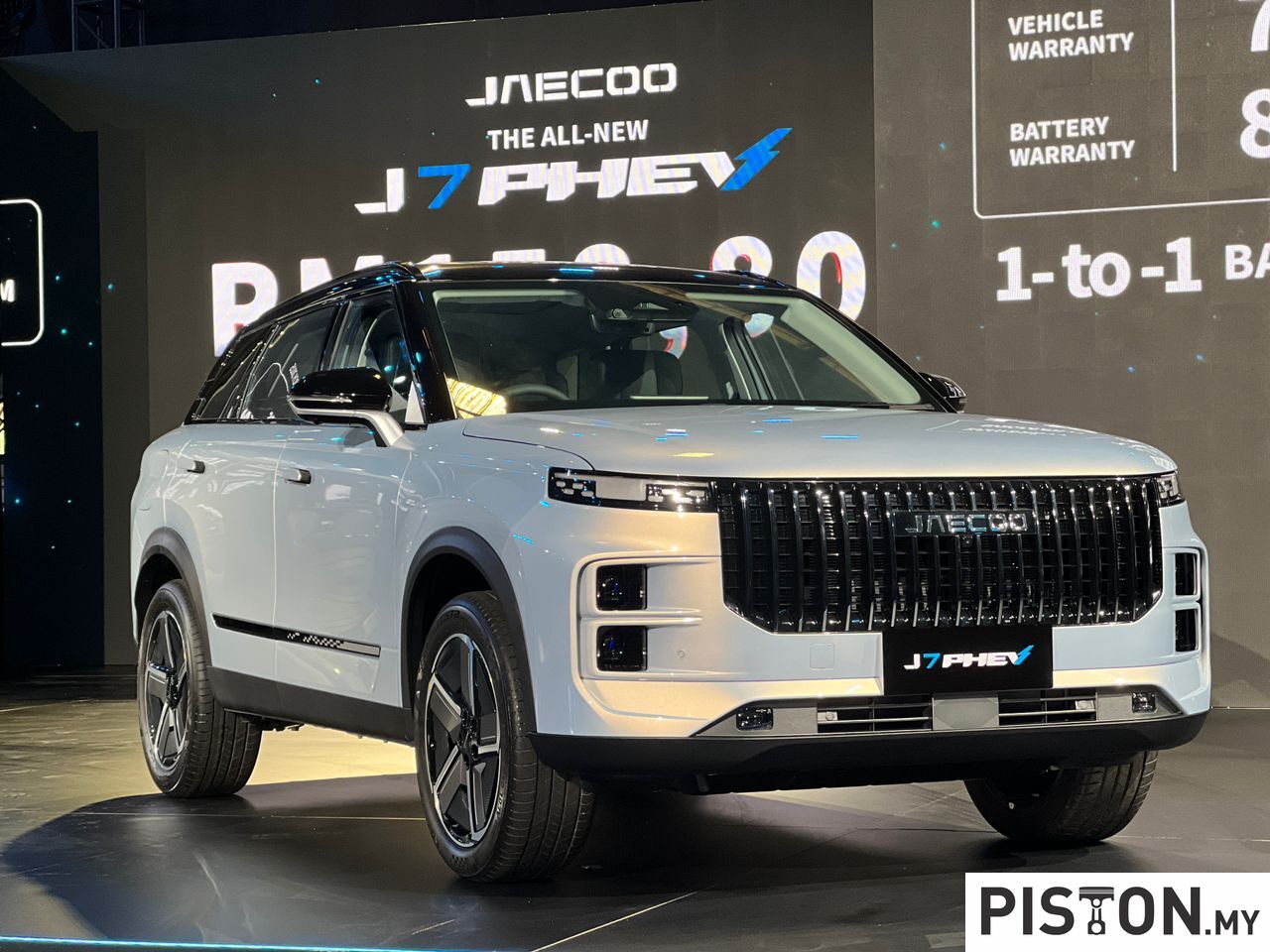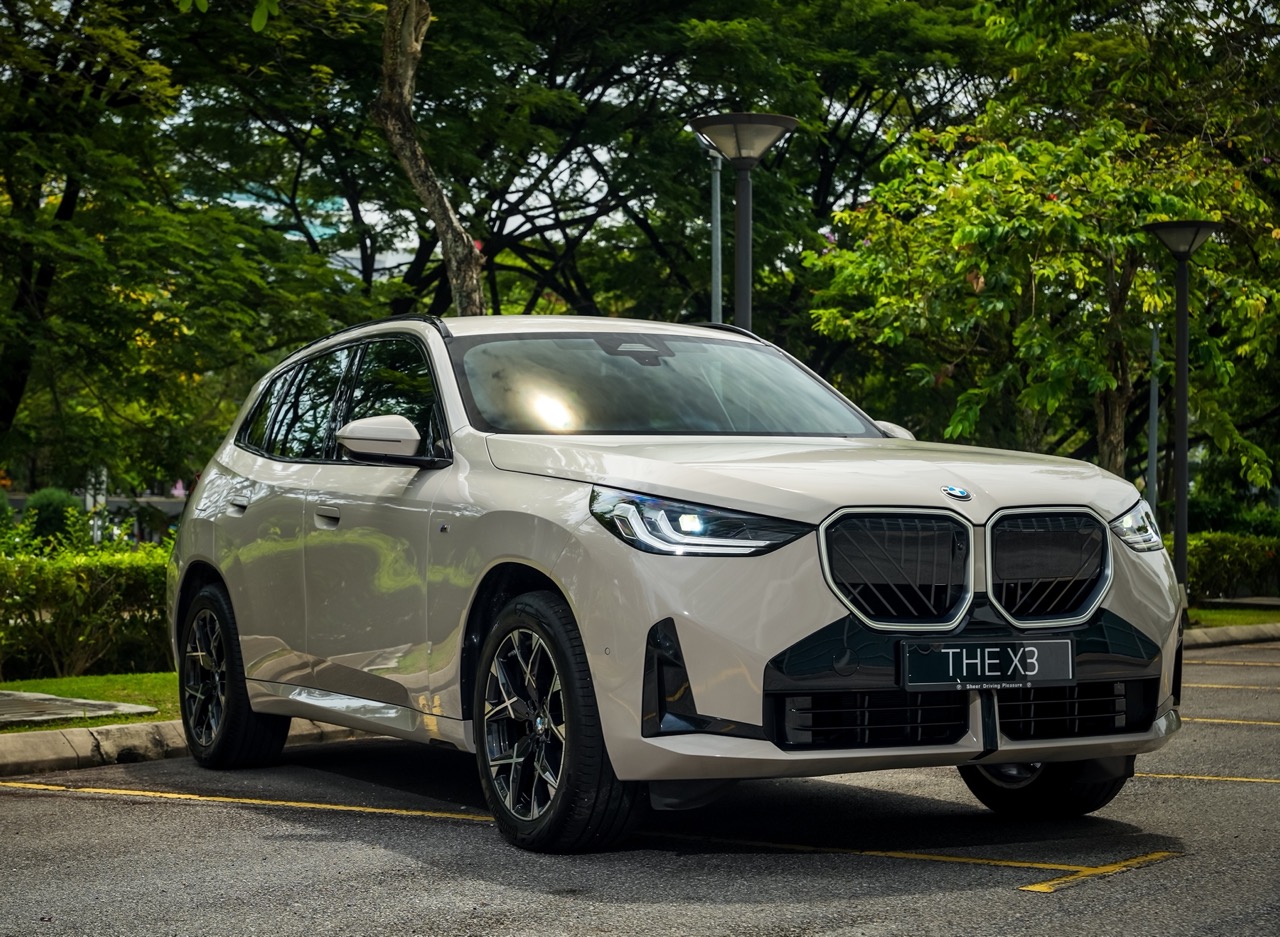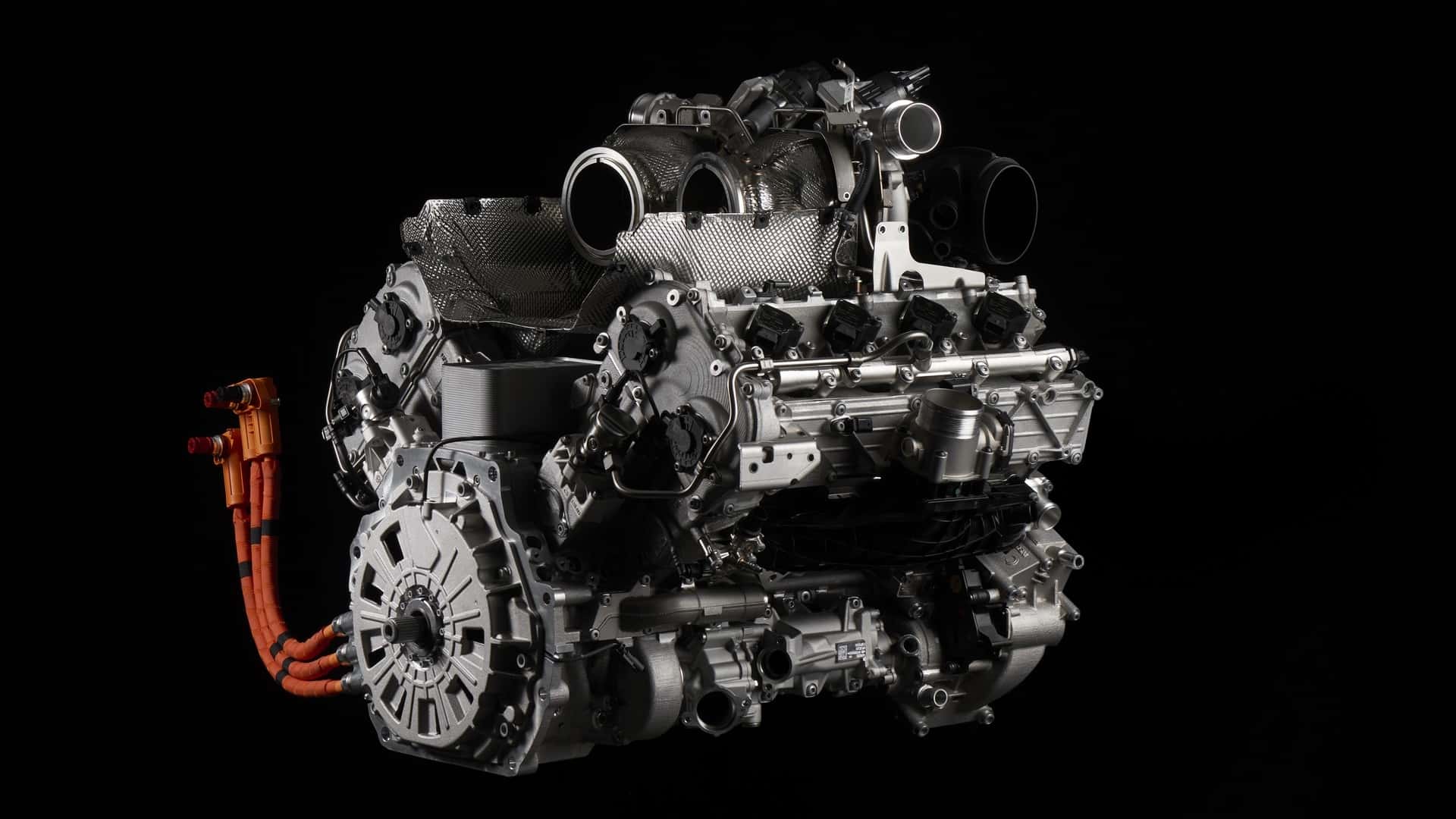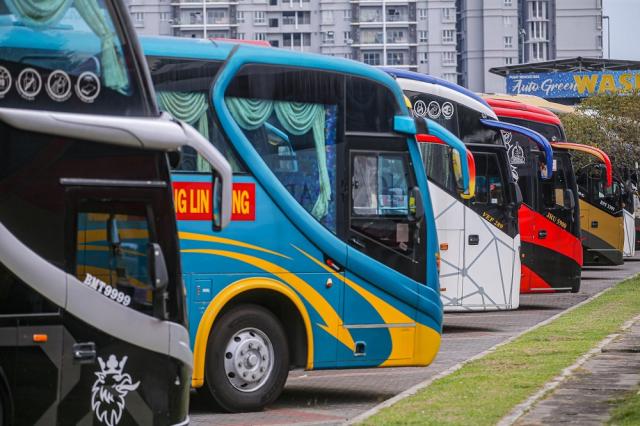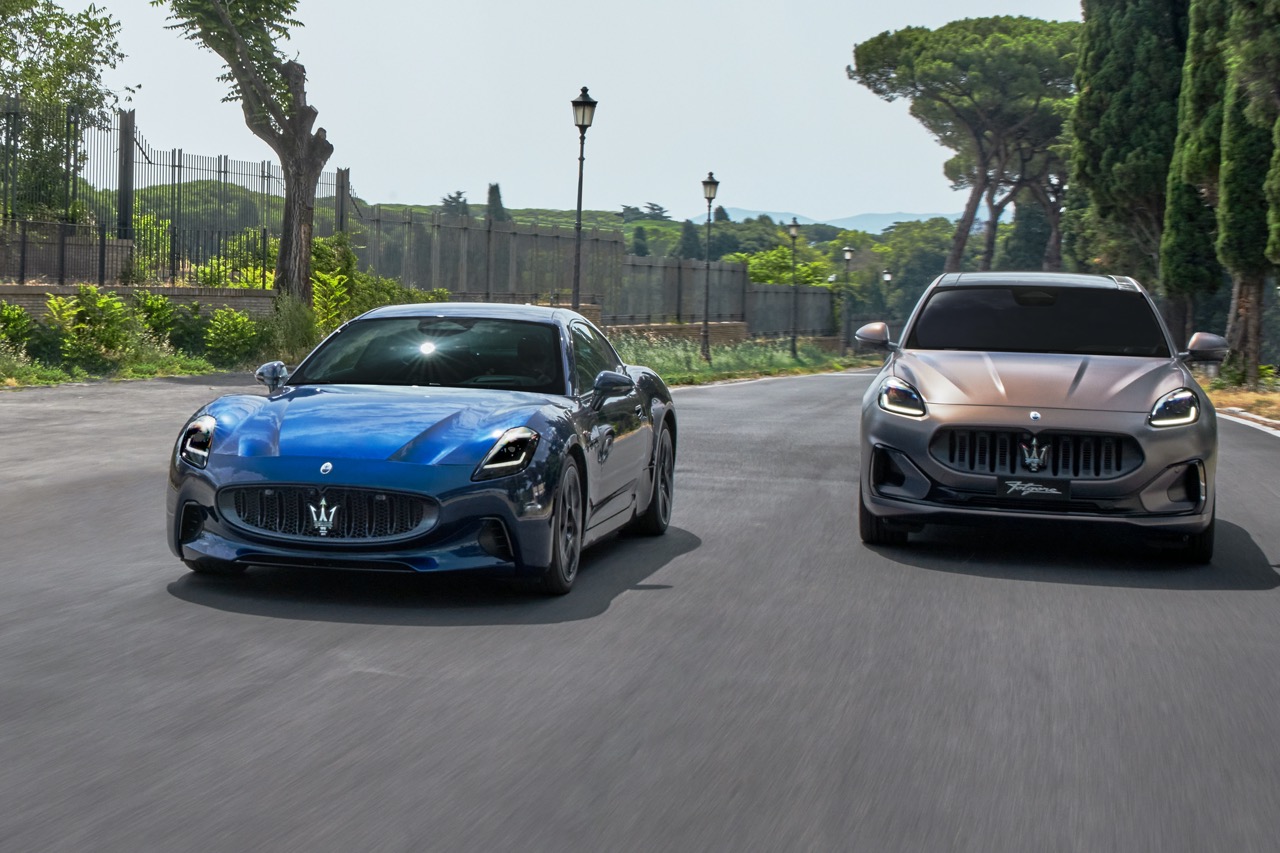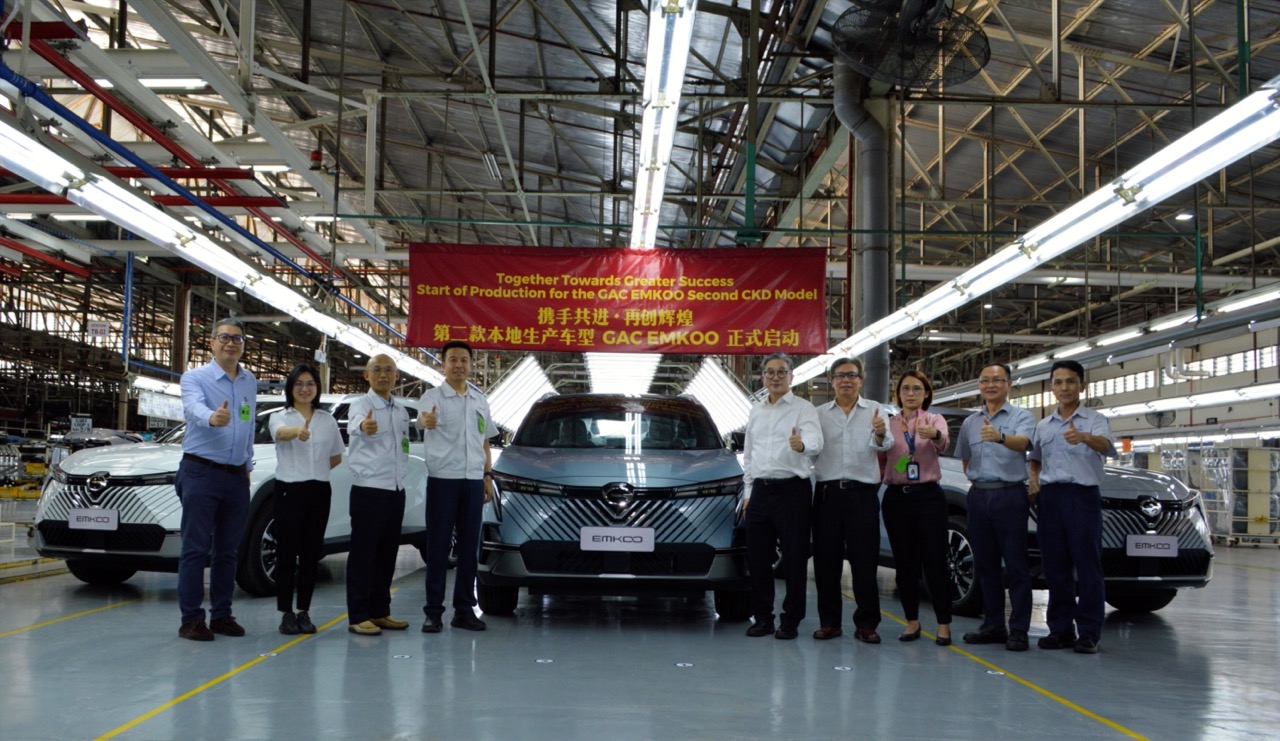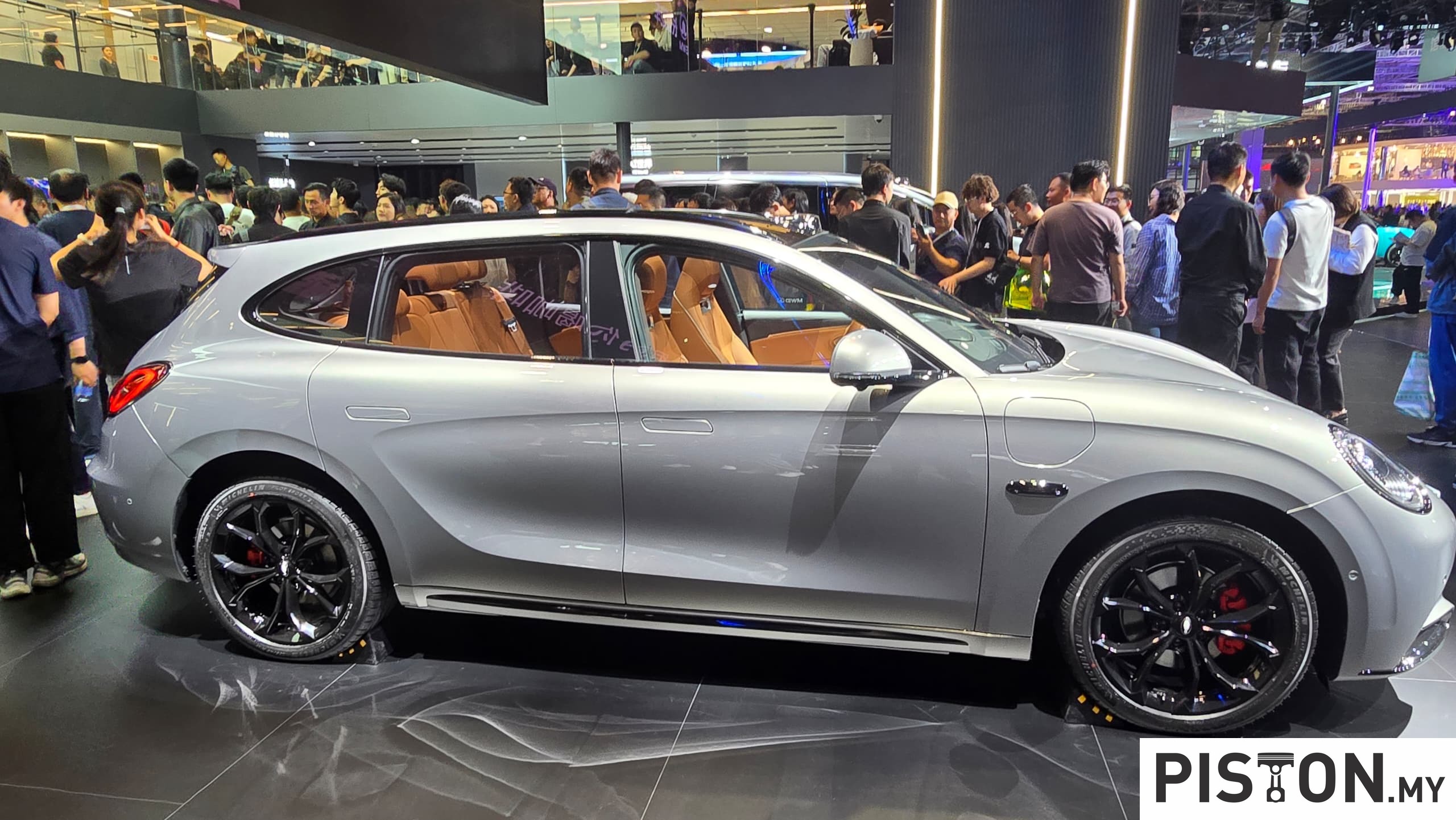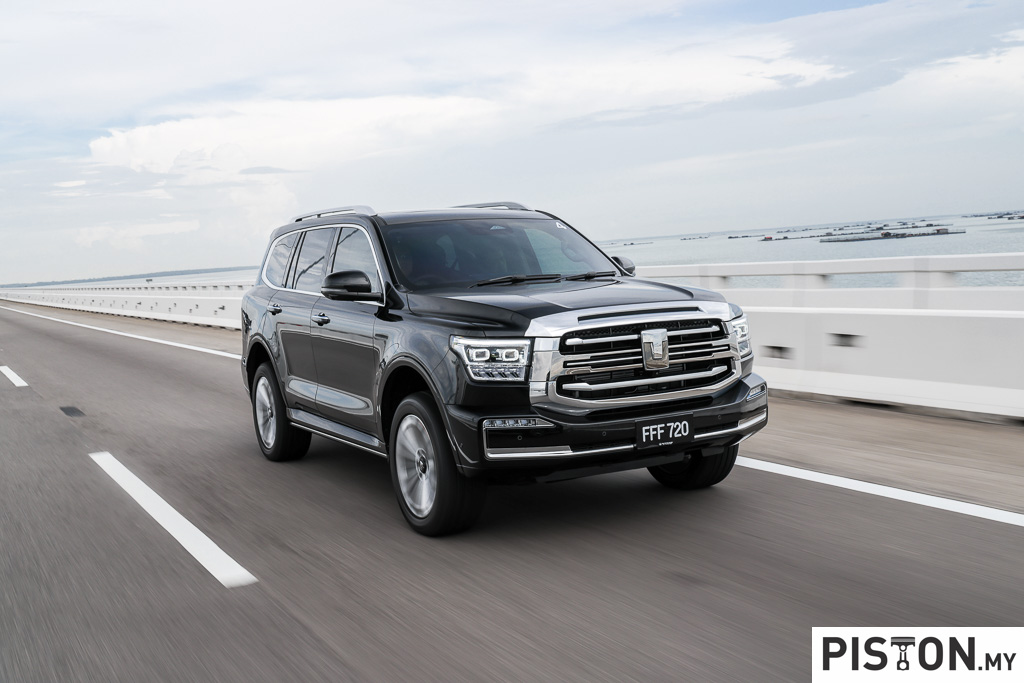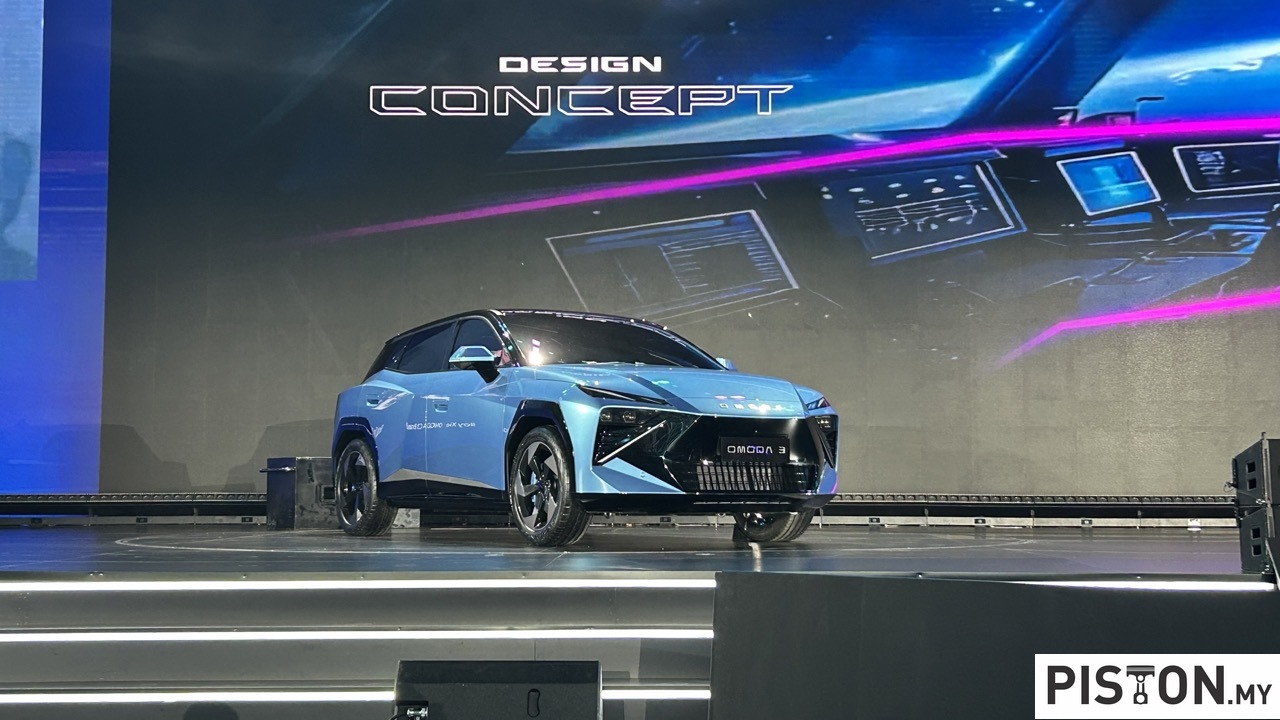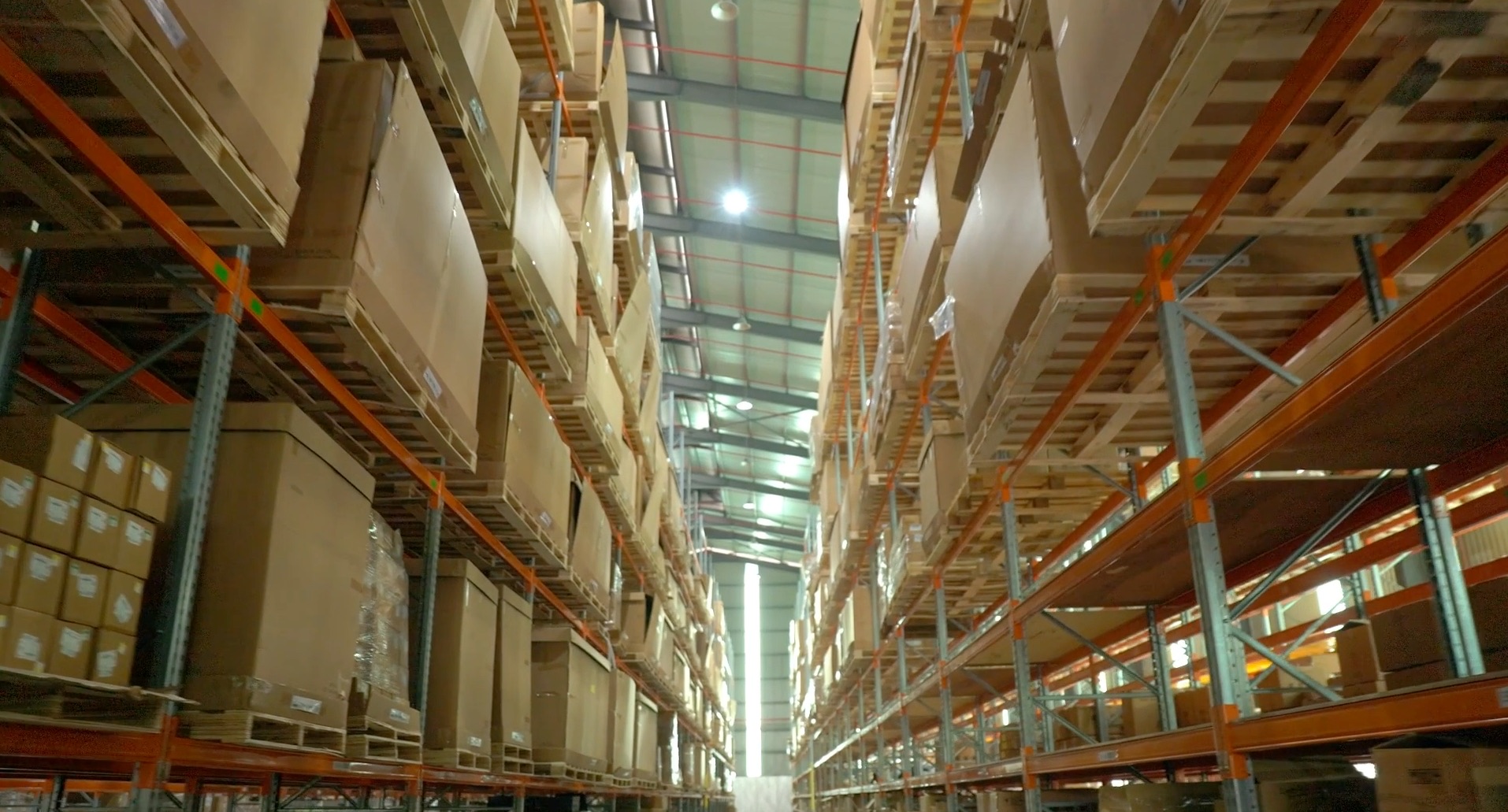The law requires the owners of all motor vehicles used on public roads in Malaysia have valid insurance coverage for the vehicle. This insurance coverage can be one of two types – comprehensive or third party – and must be from a registered insurance company. It is up to the owner to choose which one although if the vehicle is still under a hire-purchase loan, then the bank will want comprehensive coverage to ensure it will be compensated in case of loss.
The difference between the two types of motor insurance is that comprehensive provides for compensation for the vehicle’s repairs if damaged or if a total loss (stolen or beyond repair. Third party coverage does not provide any compensation to the vehicle owner for anything. It only compensates other parties the vehicle has an accident with, either for their injuries/death or damage to property. If the vehicle is stolen, the owner will not get anything from the insurance company.
Like roadtax, insurance is usually renewed annually and the value insured will usually be adjusted to reflect depreciation (in the case of comprehensive coverage). The coverage for comprehensive insurance is usually standard but there are also certain exclusions for which compensation will not be given. For example, belongings in the vehicle which are stolen would not be covered and accessories like an expensive audio system might also not be covered. Not everyone is aware of the fact that there are exclusions.
However, owners can still have certain items covered as ‘add-ons’, which is the subject of this article. Add-ons are like options with a new vehicle where the owner can pay for extra coverage. For example, flood damage is not usually included but an owner can pay extra for coverage. Likewise, with standard comprehensive coverage, there is no coverage for vehicles damaged during riots, landslides, earthquakes or ‘acts of God’.
You can ask your insurance agent about the add-ons available and the additional charge will usually be a percentage of the insured value or of the item. There are quite a number of add-ons available and we’ll look at some of those that may be worth getting.
Flood coverage
With the frequent flooding that occurs these days – blamed on climate change – there is an increased risk of your car being caught in a flood. It might be on a public road where the water level rises too fast for you to get away or worse, your vehicle might be parked in a basement which gets flooded.
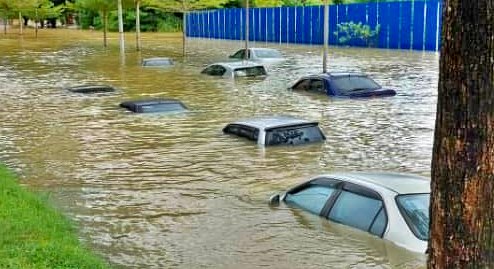
The work needed to clean a car that has been flooded is quite great and apart from removing the dirt and water from inside, there may be parts like electrical systems that may be damaged. It’s a big bill and unless you have included such a situation with the insurance policy, you will have to pay for it yourself.
Whether you need to get the additional coverage really depends on your motoring conditions. If you are the sort who works at home most of the time, then you might not need it (unless your home is in an area with risk of flooding!). If you travel a lot or places you go are known to flood, then you might want to consider adding flood risk from now on (the add-on can be made even after you have renewed the policy).

Windscreen breakage
Some people are lucky enough to go through their entire motoring life without experiencing a windscreen breaking. It’s something that is unpredictable and again depends a bit on where you drive. If you visit construction sites with lorries moving about, you might face a higher risk. If you mostly travel around town, the risk is low but can still happen.
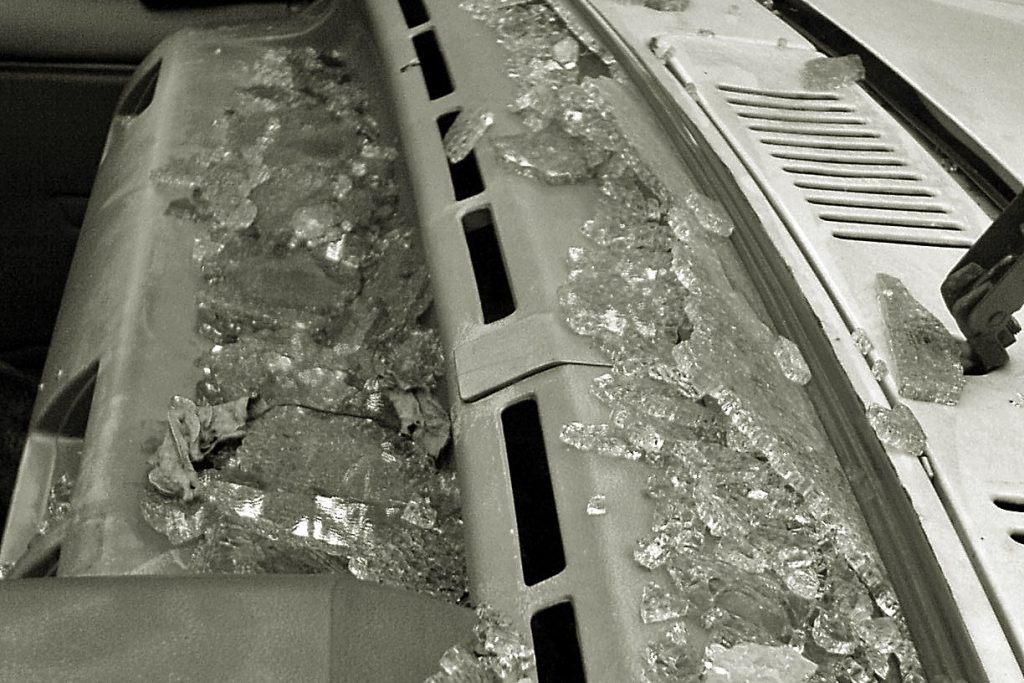
Generally, most windscreens today are less likely to shatter because they are laminated. A stone hitting the glass may cause a small crack rather than shatter it into a million pieces as in older cars with tempered glass. The crack on laminated glass may be small but it can also become bigger over time in some cases due to vibrations. Eventually, it could get large enough to be hazardous as there can be a risk of the glass splitting open. In such a case, the glass will need to be replaced.
Windscreen costs vary, depending on the model and if it is one which is not sold in large numbers and is imported, then it could be very expensive. Surprisingly, such damage is not covered in the standard comprehensive policy, maybe because it is not damage caused by an ‘accident’. If, as part of a severe accident, the windscreen is also broken, then it would probably be included in the compensation. But if it breaks when you are just driving along, then it won’t be covered.
It may be worthwhile including this add-on which has a charge based on a percentage of the cost (usually 10% to 15%) of a new windscreen for your vehicle model. Like healthcare insurance, you hope you do not need to make a claim but when you do need to, you will be glad that you chose to include the extra coverage.
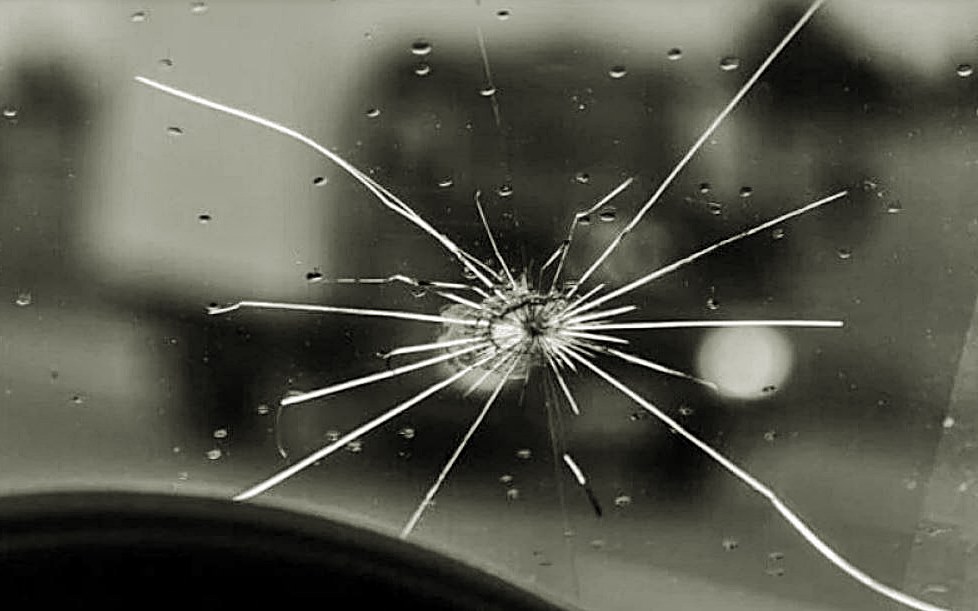
The good thing about windscreen coverage, specifically, is that the insurance industry allows a claim to be made but you will not lose your No Claim Discount (NCD). This discount is given for not making any claim each year and will grow to a maximum of 55%. This is valuable as your insurance cost will be more than half the full amount, saving a lot of money if the premium is high.
So when you have windscreen coverage, you can make the claim if the glass has a small crack and the following year, you will still enjoy the NCD if you do not make any claim. With other claims, you will lose all of your NCD and have to start building up the discount again. So people may sometimes consider pay for repairs themselves just to keep the NCD intact as its value might be more than the repair costs.
Passenger liability
In Malaysia, there is no requirement to have passenger liability insurance (known as Legal Liability to Passengers or LLP) for a private motor vehicle. This is where injuries or death of a person travelling in the vehicle will be compensated by the insurance company. If there is no such coverage, then the owner can be sued and have to pay with his own money if found liable.
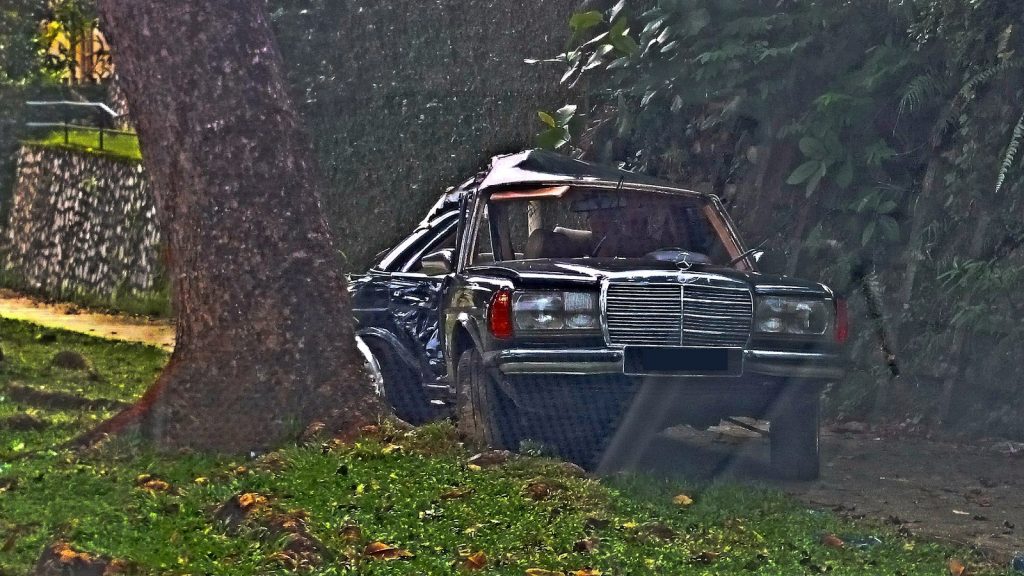
For those who go to Singapore regularly, then you have to include it as that is a legal requirement in there. It is up to you whether you want to add LLP to your policy and the extra cost is around 25% of the premium. Again, you have to assess your own motoring conditions and how often you carry people. But remember that it takes just one accident and injury or death to a passenger and things could become very complicated for you if you are found liable by a court.
Accessories
We mentioned just now that accessories are not covered under a standard comprehensive policy. This refers to those accessories which are non-standard and were not originally fitted to the vehicle at the time of purchase. For example, if the car comes with a special rear spoiler installed by the manufacturer, then it will be covered. But if the driver’s seat is changed to one from Recaro and it is stolen or damaged, the insurance company won’t pay for the price of a Recaro but might compensate with the value of a standard seat.
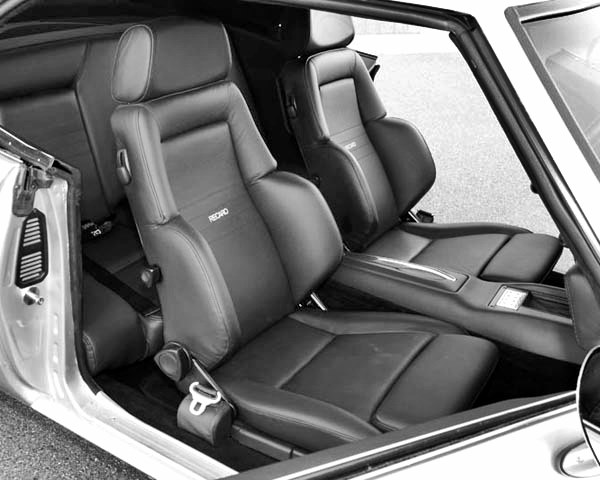
You can declare the accessories you have and then have them covered as an add-on for an extra charge. Then if anything happens or if you have a severe accident that causes those items to be damaged or spoilt, then you can get compensation for them specifically. It all depends on how valuable they are to you and whether you consider the extra cost as add-on coverage worthwhile.
You don’t have to wait till you renew your insurance to include the add-ons as they can be done with the current policy. If you do not have an agent, you can contact the insurance company and ask them for assistance in including the add-ons. The following year, if you use the same company, they will probably offer you a quotation that includes the add-ons for your convenience.



